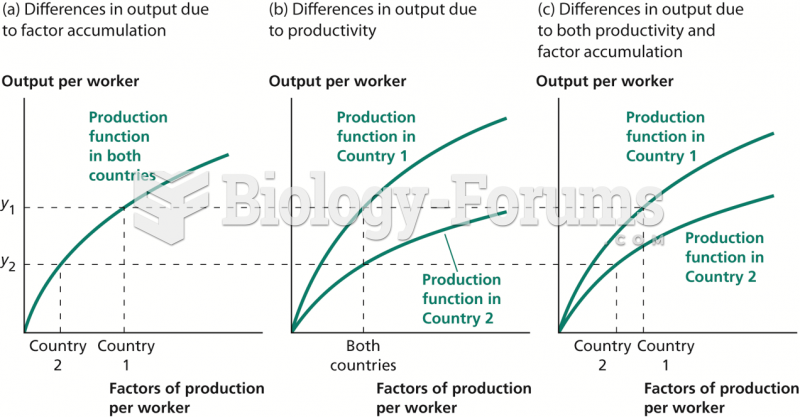Answer to Question 1
Answer:
Answers should include the following points:
1) Historically, women have been viewed as more conforming than men.
2) A meta-analysis (Eagly & Carli, 1981) indicated that a very small gender difference in conformity might exist.
3) Both genders are more easily influenced under conditions of uncertainty either about appropriate behavior or correct judgments.
4) When uncertainty is not present, gender differences are undetectable.
5) Status plays a role: higher status people (traditionally, males) are less susceptible to conformity pressures.
6) Because of status differences, the textbook concludes that there are no gender differences in conformity tendencies.
Answer to Question 2
Answer:
Emotional contagion is the result of our automatic mimicry in which we mimic the facial expression of others and therefore are influenced by similar emotional states. Epstude and Mussweiler (2009) had participants examine pictures and describe how similar or different they were to the people in the photos. They then listened to an audio tape of a person of their own gender read a passage in a slightly happy or sad mood. Then participants rated their own mood. Participants who had reported similarities to the photos reported their mood was more similar to the actor on the audiotape. However, participants who had been asked to consider how they were dissimilar to the photos did not share the emotional reaction of the audio actor. Counter-contagion is when we do not mimic but rather show opposite feelings of those that are dissimilar to ourselves.







